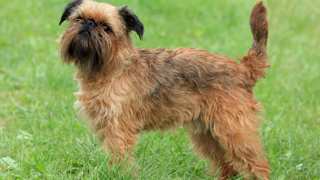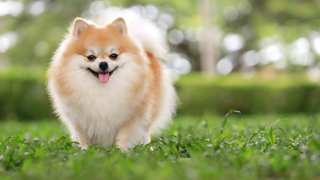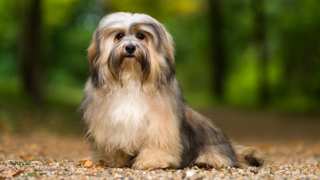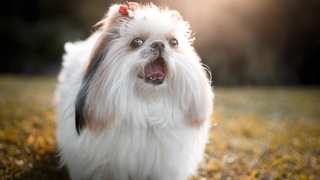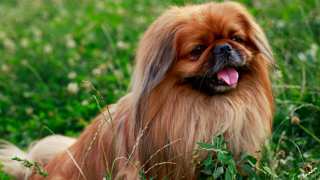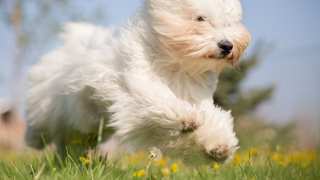Like every breed, the Maltese diet will need to include animal proteins and carbohydrates for energy, vitamins and minerals for digestive and immune health, and omega fatty acids for coat and skin wellness. This means the best Maltese dog food is premium dry kibble, as it contains balanced portions of the above-listed ingredients.
Even so, there are a couple of reasons that "traditional" Maltese food may not be appetizing to your furry white friend: these dogs have pretty delicate digestive systems, which makes them picky eaters--and like other small breeds, they're highly prone to dental problems. This means that even if you feed them high-quality dry food (like Royal Canin), Maltese dogs may not eat it--either because it upsets their stomach, or their bad teeth have trouble chewing it (or both). If this occurs, owners can experiment with different food for their Maltese by trying different flavors and textures; eventually they'll find their Maltese favorite food. (It's also good to brush a Maltese's teeth 3-4 times per week to keep them clean and healthy.)
And specifically how much should a Maltese eat? And how often? Typical adult Maltese food portions are very small: only ½ cup of premium dry food per day, divided into two meals. Maltese puppy food portions aren't much different: about 0.4 cups per day, divided into three meals per day (not two) until five months old.
For more info on proper Maltese eating habits from puppyhood through maturity, see this feeding chart:
Dog AgeDog WeightFood TypeAmountFrequency6-7 Weeks>1 lbDry (Puppy formula)3-4 pieces3x/day10-11 Weeks1.5 lbsDry6-8 pieces3x/day5 Months3 lbsDry0.15 cups3x/day8 Months5 lbsDry* (Puppy/Adult)0.25 cups2x/day10 Months+6 lbsDry (Adult formula)0.25 cups2x/day*--Around this time, transition to adult food by first mixing in a bit of adult formula with the puppy formula. Over the course of a week, with each meal add a little more adult food to the mixture, until the dog is eating it entirely.
Try if possible to stick to the above-listed Maltese diet plan. Though the portions are small, they're ample--and these dogs can become overweight it they constantly overeat. A fat Maltese dog will have numerous health problems and a shortened lifespan. You can help control your dog's weight by establishing consistent feeding schedules (and not feeding a Maltese treats after dinner!), by not feeding table scraps, and by not leaving food in the dog's bowl all the time. It's better to put the bowl down only at mealtimes, then pick it up a few minutes later.
If you're worried your Maltese is overweight, give the dog this test: run a hand along its side, and if you can't feel any ribs, it's diet time. Decrease the dog's food consumption by one-fourth, and add an extra walk or play period to its daily exercise schedule.


